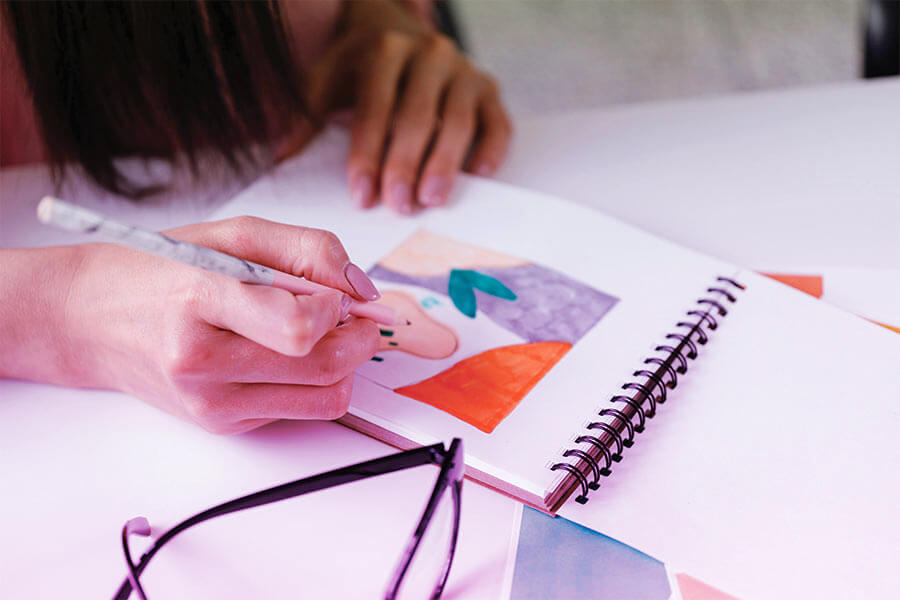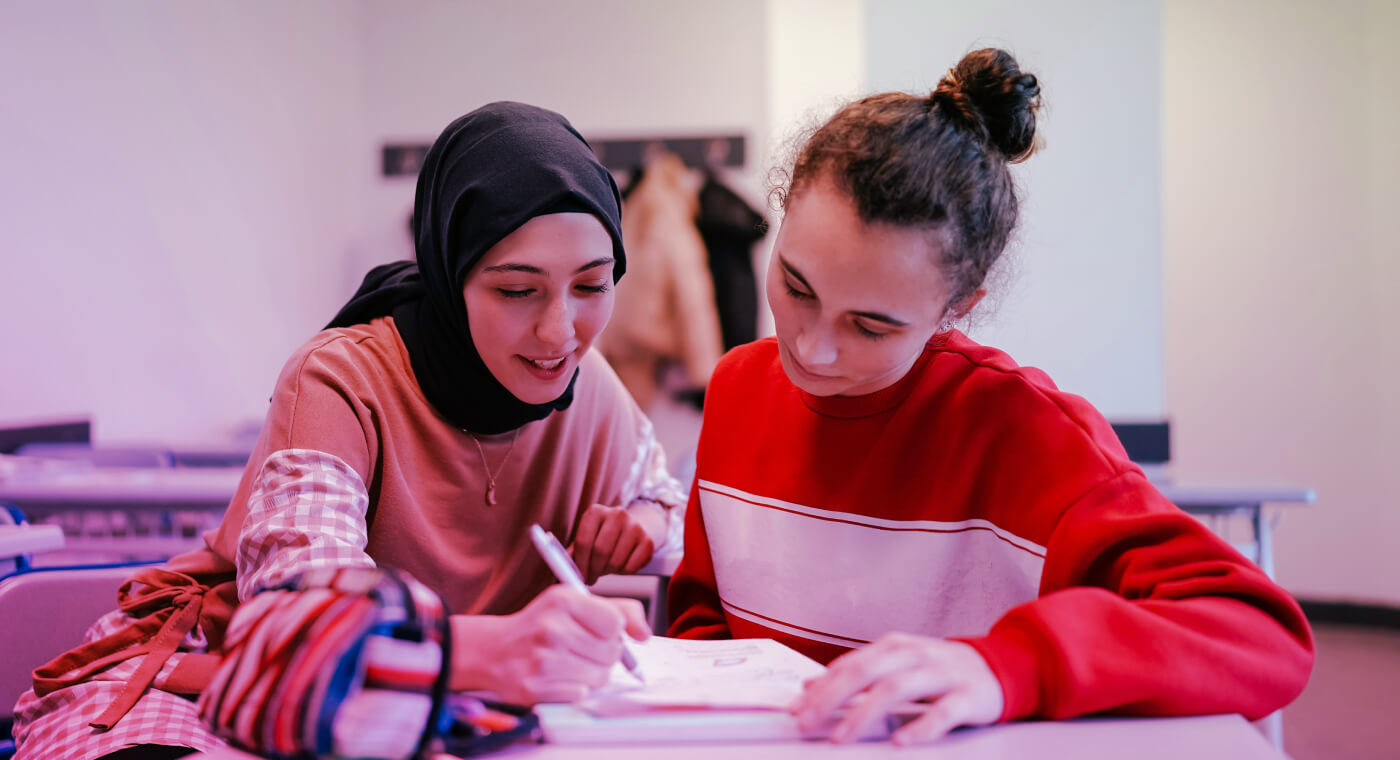Visual Learning and how to use it in study

There are three main sensory learning types: Visual learners, auditory learners and kinaesthetic learners.
If your child is having difficulties paying attention or retaining information in audio-heavy subjects or lessons, then there is a high likelihood that they might be Visual learners. Roughly 65% of the population are visual learners, and though many people have a combination of the different learning types, there are many different spectrums that people can be on. For example, if your child is struggling in classes with a high amount of audio-based teaching, they’re likely much more visual learners than other people.
 Different teachers and tutors have different ways of teaching which they find works best for their subject. Often, as this is the method most people learn, this is a combination of the sensory learning methods. With a teacher talking through a visual PowerPoint with the occasional hands-on experience for kinaesthetic learners.
Different teachers and tutors have different ways of teaching which they find works best for their subject. Often, as this is the method most people learn, this is a combination of the sensory learning methods. With a teacher talking through a visual PowerPoint with the occasional hands-on experience for kinaesthetic learners.
Students who are visual learners, sometimes need more visual stimulation than what a traditional school setting can provide.
We’re here to guide you through what it means to be a visual learner and how you can support your child.
What is visual learning?
Visual learners process and remember information best when they can see it. They prefer using images, maps, graphs and other forms of visual stimulation to understand new concepts, ideas, and information. They tend to think in pictures and often have a great sense of spatial awareness. This doesn’t mean they have difficulty with other types of learning, but they are most comfortable and effective when information is presented visually.
Though in primary and even secondary education visual aids are a large part of the lessons taught by teachers, moving on to university and sitting through lectures can prove to be difficult as the learning shits from visual to auditory with few visual aids. It’s, therefore, a good idea to get them to learn early on how best to study in a way which will help them retain the information that they need.
How to help a visual learner study
Use Visual Aids
Whenever possible, use visual aids to reinforce new concepts. This could be in the form of diagrams, flowcharts, infographics, or even video content.
 Colour Coding
Colour Coding
Visual learners often find colour coding helpful. This could be used to highlight important points in a text, categorise notes, or distinguish between different types of information.
Encourage Drawing and Sketching
Allow your child to sketch out ideas and concepts. They might find it easier to understand and remember things when they draw them out.
Create Mind Maps
Mind maps are a great tool for visual learners. They can help your child visualize the relationship between different pieces of information and better understand complex topics.
Use Flashcards
Flashcards with images or diagrams can be very effective for revision. They present information in a concise and visual format, which can aid memory retention.
Encourage Active Reading
Teach your child to underline, highlight, or note down key points while reading. This will help them visualize and remember the information.
How using a tutor can enhance your child’s visual learning
 As classrooms are taught in a way that the majority of student find useful, visual learners might feel a little left behind by their peers when they come across a subject which contains few visuals. Tutors are here to help customise lessons and subjects to suit the student. They’ll help guide them through the challenges they’re facing and encourage a more visual approach to the topic.
As classrooms are taught in a way that the majority of student find useful, visual learners might feel a little left behind by their peers when they come across a subject which contains few visuals. Tutors are here to help customise lessons and subjects to suit the student. They’ll help guide them through the challenges they’re facing and encourage a more visual approach to the topic.
At Powertutors we pride ourselves on being able to match student and tutor depending on their needs. Get in touch with us today to see how we can help your child benefit from optimised visual learning outside the classroom.


